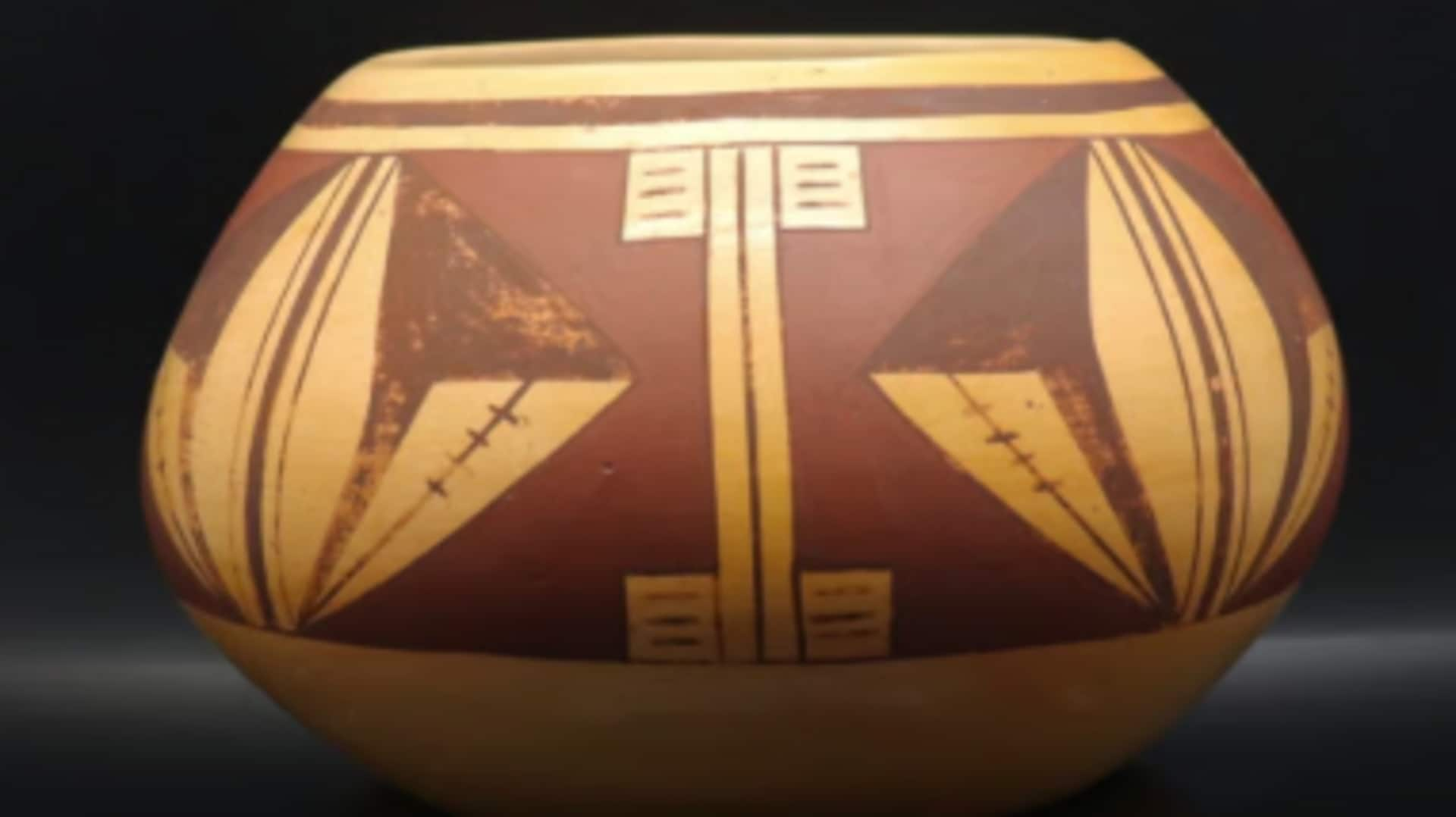
Hopi pottery: Craft, symbolism, and cultural history
What's the story
Hopi pottery is an ancient art form that has been passed down through generations of the Hopi people. Famous for its intricate designs and cultural significance, the pottery is a testament to the craftsmanship and traditions of the Hopi tribe. Each piece tells a story, reflecting the history, beliefs, and practices of the community. The art form not only serves as a medium of expression but also as a means of preserving Hopi heritage.
#1
The art of traditional pottery
Traditional Hopi pottery is made from natural materials like clay and ash. These are sourced from the local environment, ensuring that each piece is unique. The process involves hand-coiling techniques passed down through generations. Once shaped, the pots are decorated with traditional designs that hold cultural significance. The use of natural pigments for coloring further highlights the authenticity of this art form.
#2
Cultural significance in Hopi society
In Hopi society, pottery is not just an art form but also a cultural artifact. It is used in various ceremonies and rituals, symbolizing different aspects of life and spirituality. The designs on each pot often depict stories or symbols important to the tribe's identity. This makes every piece a valuable insight into Hopi culture.
#3
Modern influences on traditional techniques
While traditional techniques are still widely used, modern influences have also made their way into Hopi pottery. Some artisans now experiment with new forms and styles while retaining traditional methods at their core. This blend of old and new allows for innovation without losing touch with cultural roots.
#4
Preserving heritage through education
Education plays a key role in preserving Hopi pottery traditions for future generations. Workshops and classes are being conducted to teach young people about the importance of this art form and the techniques involved in making it. By encouraging interest among youth, these efforts ensure that this unique cultural heritage continues to thrive within the community.